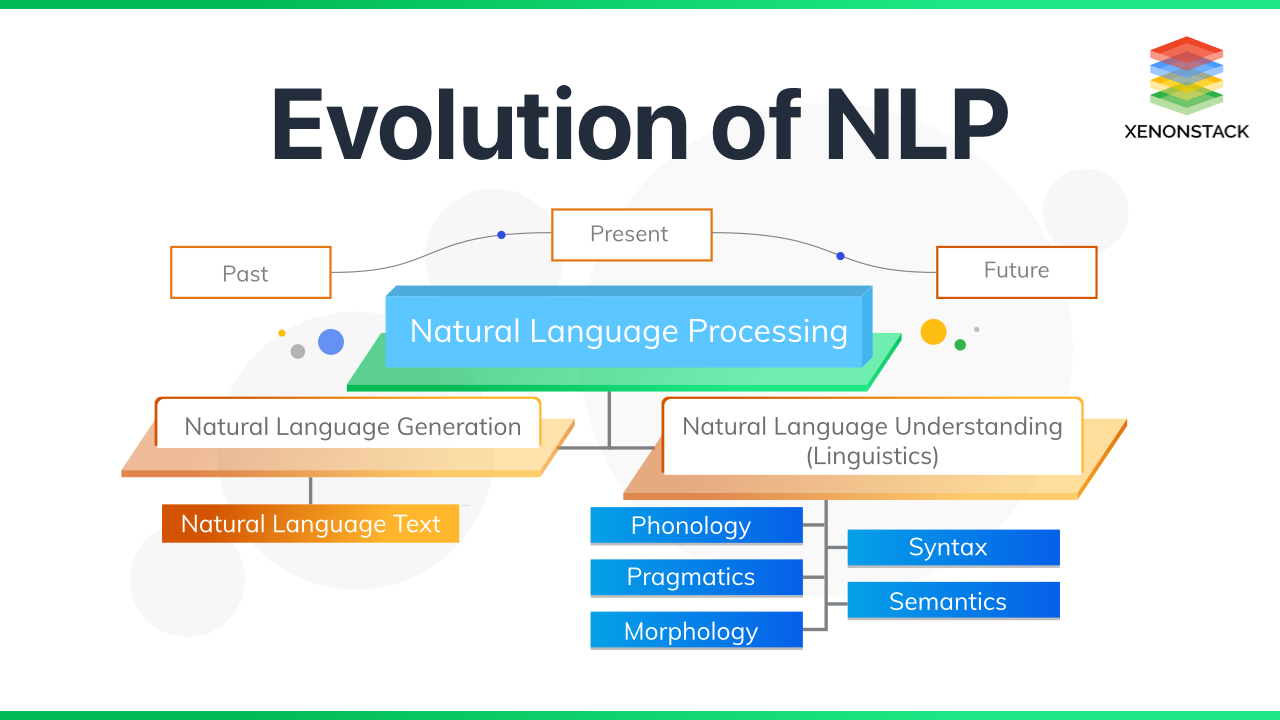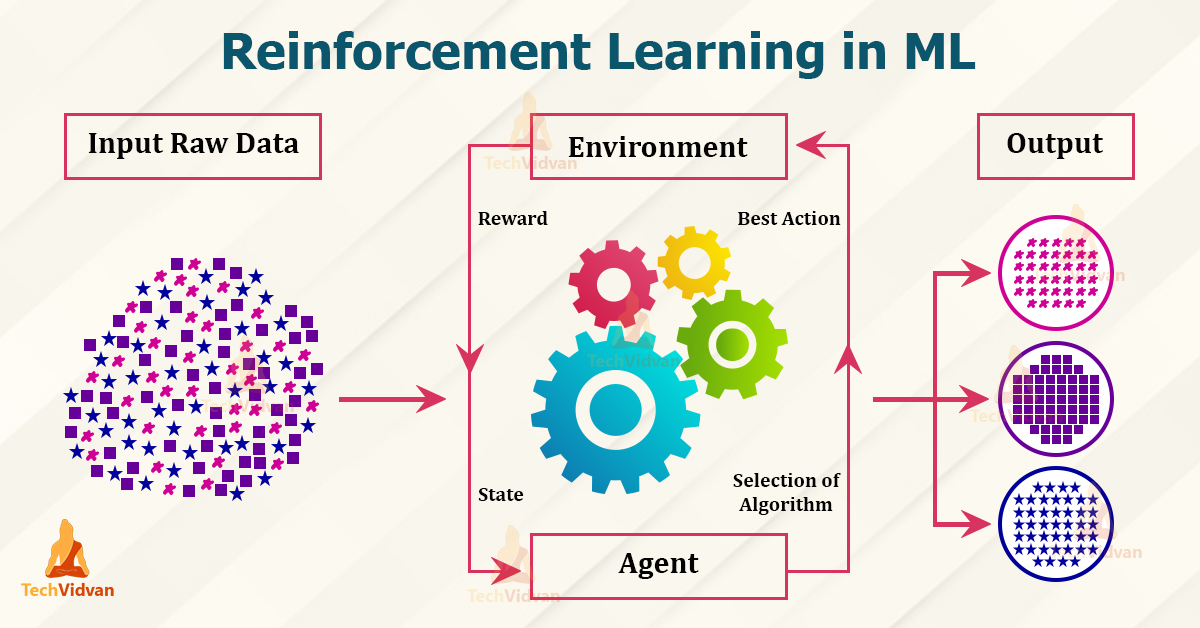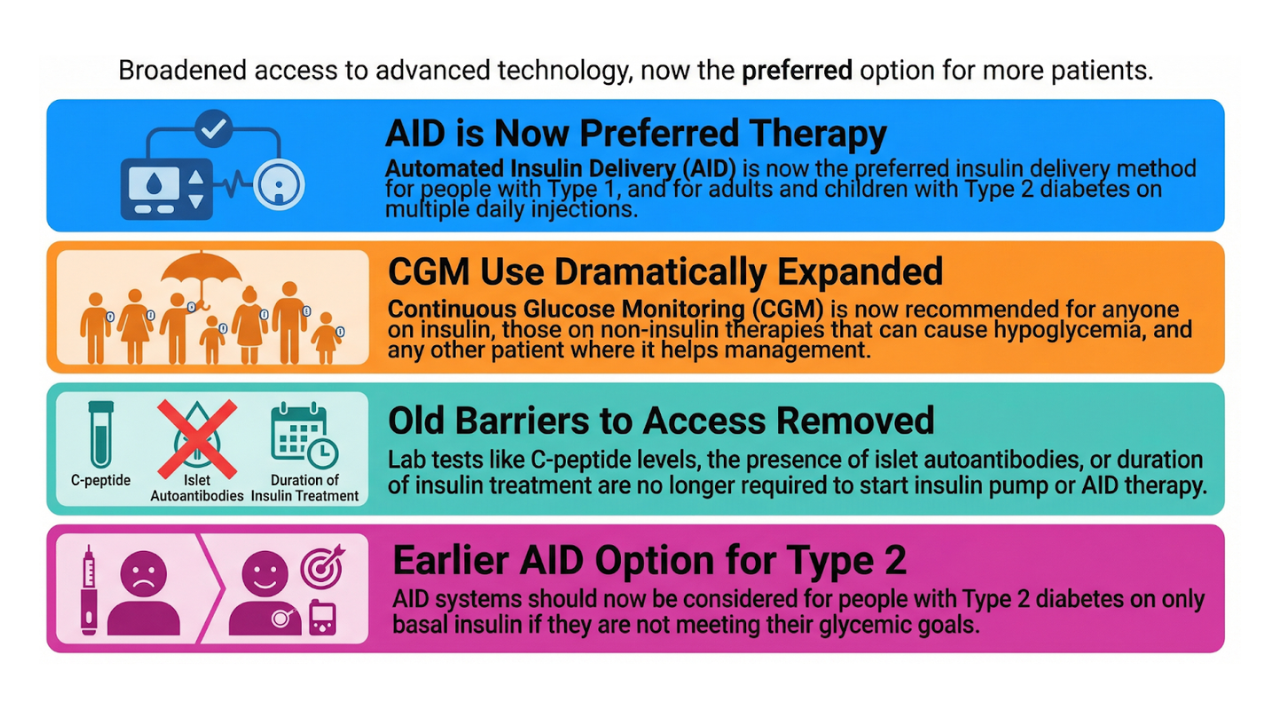How AI is transforming diabetes care
Aug 22, 2024
When I started to explore the future of artificial intelligence (AI) in diabetes technology,
I quickly realized that AI is already deeply integrated into the tools we use today.
Get Access To Updated Diabetes Technology Courses
For example,
- Continuous Glucose Monitors (CGMs) are using AI right now to provide predictive alerts and recognize patterns in glucose data.
- While many Automated Insulin Delivery (AID) systems primarily rely on traditional control algorithms that aren't considered AI, there are some exceptions. Systems like the MiniMed 780G utilize a type of AI called Fuzzy Logic, and others, such as iLet, DBLG1, and CamAPS FX, employ adaptive learning algorithms.
- Even the activity trackers that many of us wear on our wrists use AI to transform raw movement data into meaningful metrics like step counts.
AI's role doesn't stop there—it's also increasingly being used in the prevention, diagnosis, and treatment of diabetes.
Nowadays, you'll find more articles discussing AI-based diabetes solutions than those focusing on non-AI approaches.
In this article, I’ll break down the various ways AI is being used in diabetes care, organizing them by the specific AI techniques involved.
It's important to note that many AI systems and diabetes technologies rely on a combination of multiple AI techniques.
The purpose of this article is to help you understand these different techniques and how they are being used in cutting-edge diabetes solutions.
Understanding Key AI Techniques

To appreciate how AI is transforming diabetes care, it’s helpful to understand the main types of AI and how they work.
Here’s a simple overview of key AI techniques:
Artificial Intelligence (AI):
AI is when machines are made to do tasks that normally require human intelligence, like understanding language, recognizing images, or making decisions.
AI includes a range of methods, from simple rule-based systems to more complex learning algorithms.
Machine Learning (ML):
ML is a part of AI where computers learn from data to make predictions or decisions without being explicitly programmed.
Instead of following fixed rules, they find patterns in the data and improve over time.
There are 3 main types of machine learning:
- Supervised Learning: Algorithms that learn from labeled data.
- Unsupervised Learning: Algorithms that learn from unlabeled data. .
- Reinforcement Learning: Algorithms that learn by interacting with an environment to maximize a reward.
In this diagram you can find the most used specific algorithms of the different types of machine learning:

Deep Learning (DL):
DL is a type of machine learning that uses neural networks with many layers to learn from large amounts of data.
It's particularly good at handling complex tasks like recognizing faces in photos or understanding spoken language.

Common algorithms are
- Convolutional Neural Networks (CNNs): Great for recognizing objects in images.
- Recurrent Neural Networks (RNNs): Good for understanding sequences, like text or speech.
- Long Short-Term Memory (LSTM): A type of RNN that's especially good at remembering information over long periods, useful in tasks like language translation and speech recognition.

Natural Language Processing (NLP):
NLP is a branch of AI that helps computers understand and work with human language, like English or Spanish.
It’s used in things like chatbots, translation services, and voice assistants, helping computers to read, listen, and even talk.
Computer Vision:
Computer vision is a field of AI that enables computers to "see" and understand images or videos.
It involves tasks like identifying objects in a picture, recognizing faces, or detecting movements, using both traditional techniques and modern AI methods like deep learning.
Generative AI:
Generative AI refers to AI systems that create new content, like text, images, music, or even code.
These systems generate something new based on patterns they have learned from existing data.
For example, a generative AI can write an essay, create a piece of art, or compose music that didn’t exist before.
Large Language Models (LLMs):
LLMs are a type of AI model that has been trained on massive amounts of text data to understand and generate human-like text.
They can perform a wide range of language-related tasks, such as answering questions, summarizing articles, and even engaging in conversations.
Examples include GPT-3 and GPT-4.
AI Combinations:
Many AI systems use a combination of different ML techniques to train their models.

For example GPT-4:
- First, it was pretrained on a massive amount of text data from the internet using unsupervised learning, allowing it to understand and generate a wide range of topics.
- Then, it was fine-tuned on labeled conversational data through supervised learning, helping it to generate more relevant and accurate responses in conversations.
- Finally, its performance was polished using reinforcement learning, where human feedback from OpenAI researchers helps improve the quality of its generated responses.
At the end of this process, the AI evolves into what we know as ChatGPT, capable of holding intelligent and context-aware conversations.
Examples of How AI Is Used in Diabetes Care
1. Examples of Supervised Machine Learning
1.1 Glucose forecasting:
- Supervised machine learning and deep learning algorithms have proven to be very useful for glucose prediction (IEEE 2022)
- The Accu-Chek SmartGuide CGM will be the first CGM to offer a 2-hour detailed glucose prediction and a nocturnal hypoglycemia risk calculation, both based on AI.
1.2 Meal and Nutrition Prediction:
- AI can help to predict how your glucose will respond to meals, leading to more personalized nutrition advice for people with diabetes (e.g., Glucura (JDST 2024), Una, Fitterfly (JMIR Diabetes 2023) and Twin Health (Lancet 2023)
- CGM-based personalized nutrition is also promoted for people without diabetes (e.g., Signos (DTT 2024), Levels, Veri, January AI, Zoe (Nature Medicine 2024), Nutrisense, Ultrahuman), although there is some controversy around this “precision nutrition” (Lancet 2024)
1.3 Predicting Diabetes:
- AI can help to predict prediabetes & diabetes using CGM-data (DTT 2024), predict gestational diabetes using CGM-data (JDST 2024), or even predict diabetes using a selfie (Nature 2020)
- AI can also help to predict glucose ranges based on non-invasive wearables like Know Labs (DTT 2024), or combined wearables like Garmin & Empathica (Diabetes Care 2023)
2. Examples of Unsupervised Machine Learning

2.1 Identifying Risk Clusters:
- AI can group people at risk of type 1 diabetes into clusters, offering insights into their likelihood of disease progression (medRxiv 2023).
- It can also cluster people with type 1 diabetes (Diabetes Research and Clinical Practice 2024), type 2 diabetes (Lancet 2018, Lancet 2019, BMJ Open Diabetes Res Care 2020) and gestatoinal diabetes (Diabetologia 2024) to better understand their risk of complications and maybe offer more personalised treatment in the future.
2.2 Glucotypes:
- AI identified three “glucotypes” based on glycemic variability in people without diabetes (Plos Biology 2018), although there is much debate about its clinical relevance (Diabetic Medicine 2024, Clinical Nutrition 2024)
3. Examples of Reinforcement Machine Learning
3.1 Insulin Dosing Decisions:
- AI helps improve insulin dosing decisions with tools like d-nav (DTT 2024)
- Other AI-based insulin dosing algorithms are Dreamed Advisor PRO (Nature 2020), PEPPER (DTT 2021), and ABC4D (DTT 2023) - although the type or technique of AI is not always clarified.
3.2 Therapy Decision Support:
- AI also helps optimize health coaching, for example encouraging better adherence to treatment plans (JMIR Form 2022), and enhancing physical activity adherence in people with diabetes (Digit Health 2022).
4. Computer Vision

4.1 Screening for Diabetic Complications:
- AI is used in diabetic retinopathy screening, both with dedicated cameras (Curr Opin Ophthalmol 2023) and smartphones (e.g. Remidio (JAMA Ophtalmol 2019)
- AI can also be used to identify diabetic chronic kidney disease from retinal images (JAMIA 2023)
- It also aids in diabetic foot prevention and ulcer assessment (Sensors 2022)
4.2 Food recognition
- Several apps use AI for food recognition using your phone camera: Bitesnap, Calorie Mama, MyFitnessPal, SnackSnap, Foodvisor, Undermyfork, DiabTrend, DietCameraAI, goFOOD (Sci Rep 2022), RXFood (JMIR 2020), SNAQ (DTT 2024), SmartPlate (Sensors 2023), MyDietCam (Digit Health 2023), DietSensor (Sensors 2020), PASTA and FoodLens (Diabetes Care 2023)
4.3 Diabetes Detection:
- AI can even detect diabetes from retinal fundus images (Nature 2021), eye surface images (Med-X 2023), and thermal facial images (Cell Metabolism 2024).
5. Natural Language Processing / Generative AI

5.1 Virtual Health Coaches:
- AI-driven conversational tools help guide people with or without diabetes through their care. Examples include ChatGPT (JAMA 2023, JDST 2024), Ada Health (JMIR 2022), Thrive AI Health, Sweetch (J Med Internet Res 2018), Tess (Transl Behav Led 2019), Vaidya.ai (Newsitem 2024) and S.A.R.A.H.
- For people with (pre)diabetes, examples are Lark DPP (Digit Health 2022), Vitadio (Nutrients 2022), and BlueStar Welldoc (JMIR Diabetes 2023)
5.2 Insulin Management:
- A basal-insulin titration software using conversational AI has been described (JAMA 2023).
5.3 Healthcare Support:
- AI can assist healthcare providers by summarizing electronic health records, creating clinical documentation, detection of rare diseases and offering decision-making support.
The Future: Challenges and Opportunities
As AI continues to evolve, we can expect more personalized treatments for diabetes, leading to better glucose control and improved health outcomes.
The ultimate goal in diabetes technology is the creation of a fully closed-loop artificial pancreas system, which would automate insulin delivery entirely. 😍
However, there are challenges to overcome.
- AI in healthcare must be safe, reliable, and transparent.
- Research in this area should also focus on the ethical implications of AI and ensuring that it is accessible to everyone, regardless of their background or location.
Another issue is that AI models can often seem like "black boxes," making it hard to understand how they make decisions.
To build trust, AI systems need to provide clear explanations for their decisions.
It's crucial that we develop AI systems that are easy to understand and trust, which will help both patients and healthcare providers feel confident in using these advanced tools.
By continuously expanding our understanding of AI and its applications in diabetes care, we can significantly improve the quality of care for people with diabetes.
AI is changing the world fast (some believe too fast).
The best thing you can do is stay informed so you can stay on top.
Call to Action: If you’re interested in learning more about AI in diabetes care, subscribe to our email list.
We will soon announce more online education sessions for diabetologists and diabetes educators, with the next event scheduled for October 21st at 7 PM CEST.
Save the date!
Best regards,








